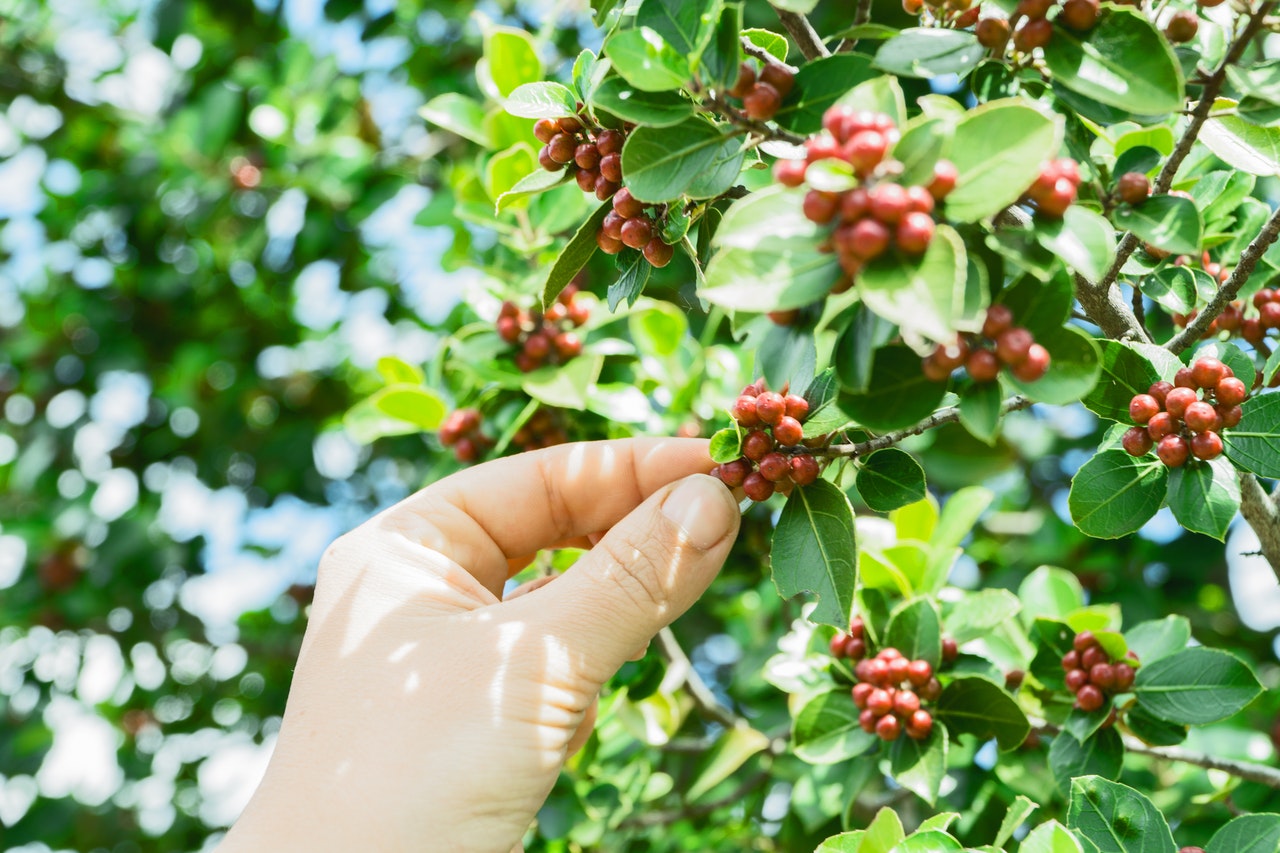
Coffee Process Explained: From Plant to Roast
Coffee Process Explained: From Plant to Roast
- Adam Smith
- 02-09-2021
- 29-07-2025
- 1426 views
- Coffee Beans, Featured Articles, Information

It is a fresh morning with the sun shining bright in my kitchen, and I am pouring my divine cup of java to kick start my day – this is what represents an ideal morning. The magic coffee beans that sit in a special jar that I bought so dearly from the store play an essential role in my daily routine. Often, I wonder over a steaming hot cup of coffee the process through which these magic beans come to me. If you are also curious about it like me, then let us explore together.
Coffee Process: From Seeds to my Cup
1. Blossom
Coffee flowers blossom typically during February or March every year. The unprocessed seeds of the coffee are planted back to grow into a coffee tree. These coffee trees are mostly planted in shaded nurseries and watered frequently. Once the plant is strong enough to be permanently planted in direct sunlight, it is moved to a bigger area. Coffee seeds are mostly planted in the wet season as moist soil is a prerequisite for these plants.
2. Harvesting
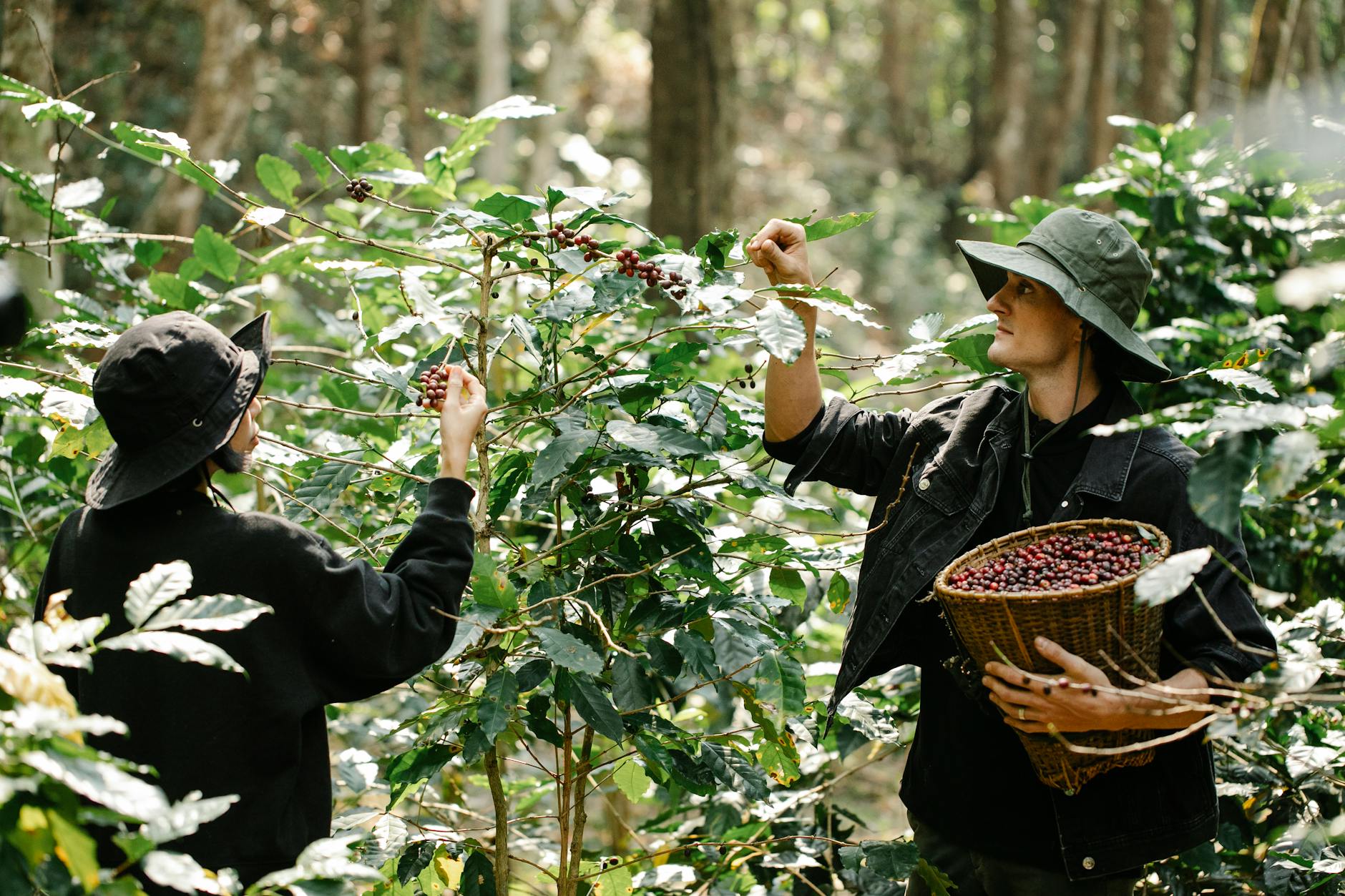
Every variety of coffee has different durations for bearing fruit, but most coffee trees start bearing fruits within 3 to 4 years of plantation. The fruit of these trees is called a coffee cherry. It turns bright red when it is ready for the harvest. Some coffee-producing countries like Columbia have coffee trees that are harvested twice a year.
Picking the ripened crop is still a labor-intensive process in numerous countries such as India. However, in Brazil, this process is now mechanized. The geographic property of the fields in Brazil is flat, which is why mechanizing the process was easier.
3. Processing
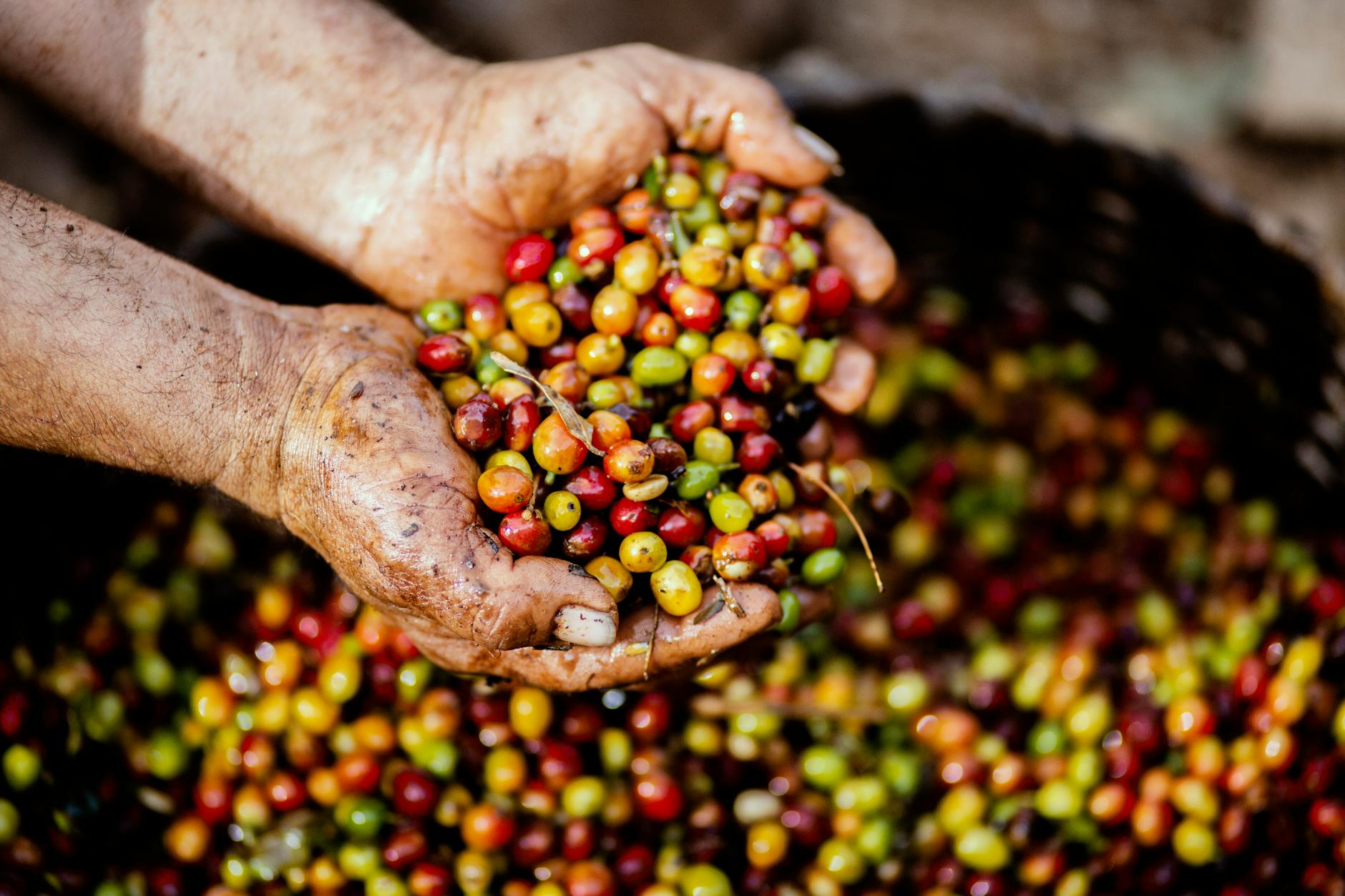
There are two basic methods to process the picked coffee cherries, including the dry and the wet method. Either of the two methods quickly processes the harvest to minimize the rate of fruit spoilage.
-
The Dry Method
This step aims to extract all the moisture from the fruit. The ancient method for processing coffee, especially in a country where water resources are limited, is called the dry method. In this method, the picked coffee cherries are widely spread on a large flat surface to be dried up in the sun.
They are tossed and turned throughout the day so that the moisture can evaporate equally from the whole fruit. The cherries are covered at night or in case of rain. The resulting coffee cherries should have less than 11% of moisture content.
-
The Wet Method
It is a more complicated method involving removing the pulp from the coffee cherries, which results in cherries left with only the parchment skin. These pulp-less coffee cherries are then sorted according to their weight and then go into large fermentation tanks. The coffee cherries are kept in these tanks for about 48 hours or until the mucilage layer is removed.
By the end of the process, the cherries feel rough to touch and handle. These cherries are then sent for drying.
4. Drying
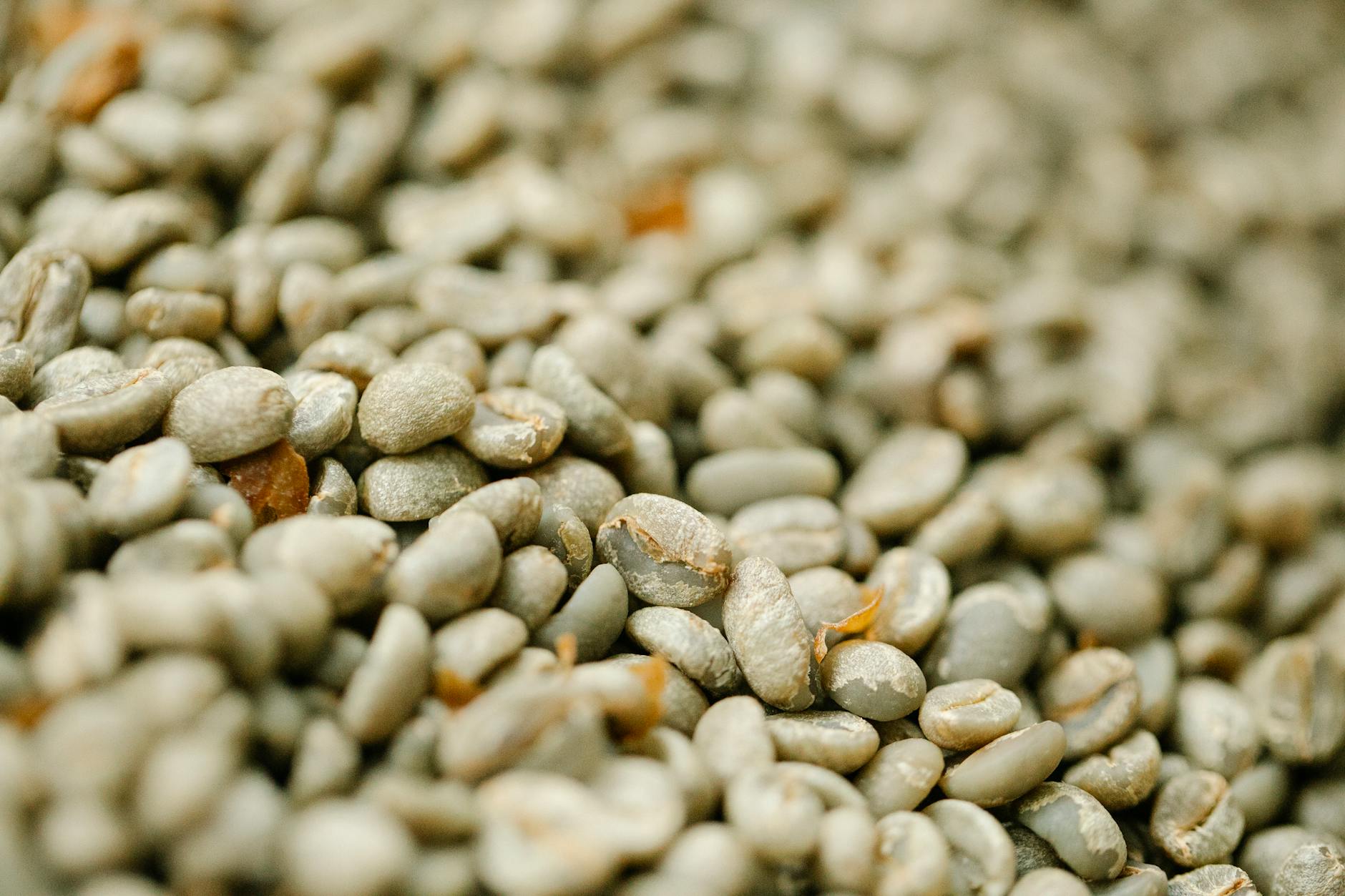
Beans that have gone through the wet method are dried just like those that go through the dry method. The coffee beans that still have the parchment covering on are packed for export. These are called parchment coffee beans.
5. Milling
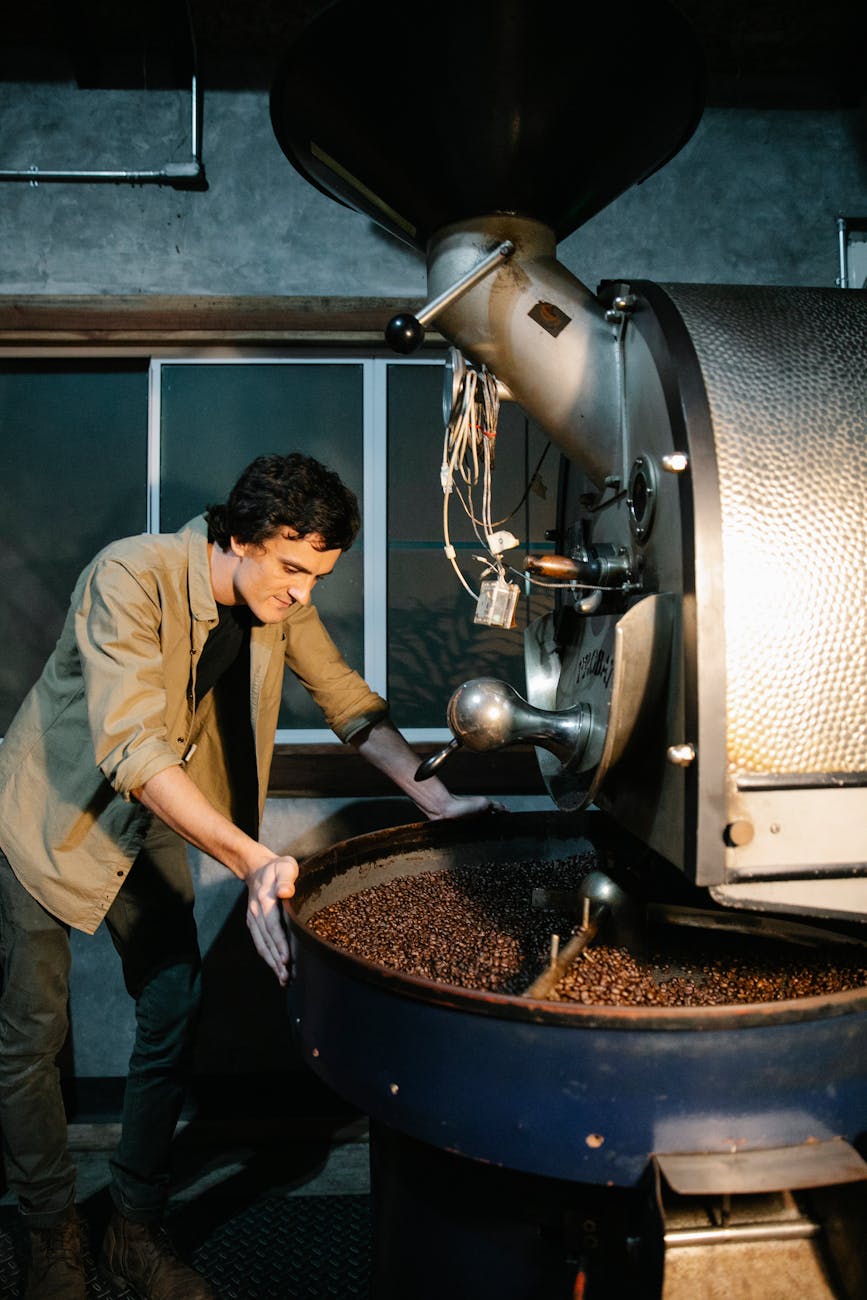
-
Hulling
In this step, the hulling machine removes the endocarp or dried husk from the coffee beans.
-
Polishing
It is an optional process that is carried out to produce something different. Following the previous step of hulling, the coffee beans are left with silver skin. The removal of this silver skin is called polishing.
-
Grading and Sorting
This step separates the coffee beans according to their size and weight. Moreover, defective beans are removed in this step. Coffee beans are tested for their size, color, degree of fermentation, hulling quality, and insect damage.
6. Exporting
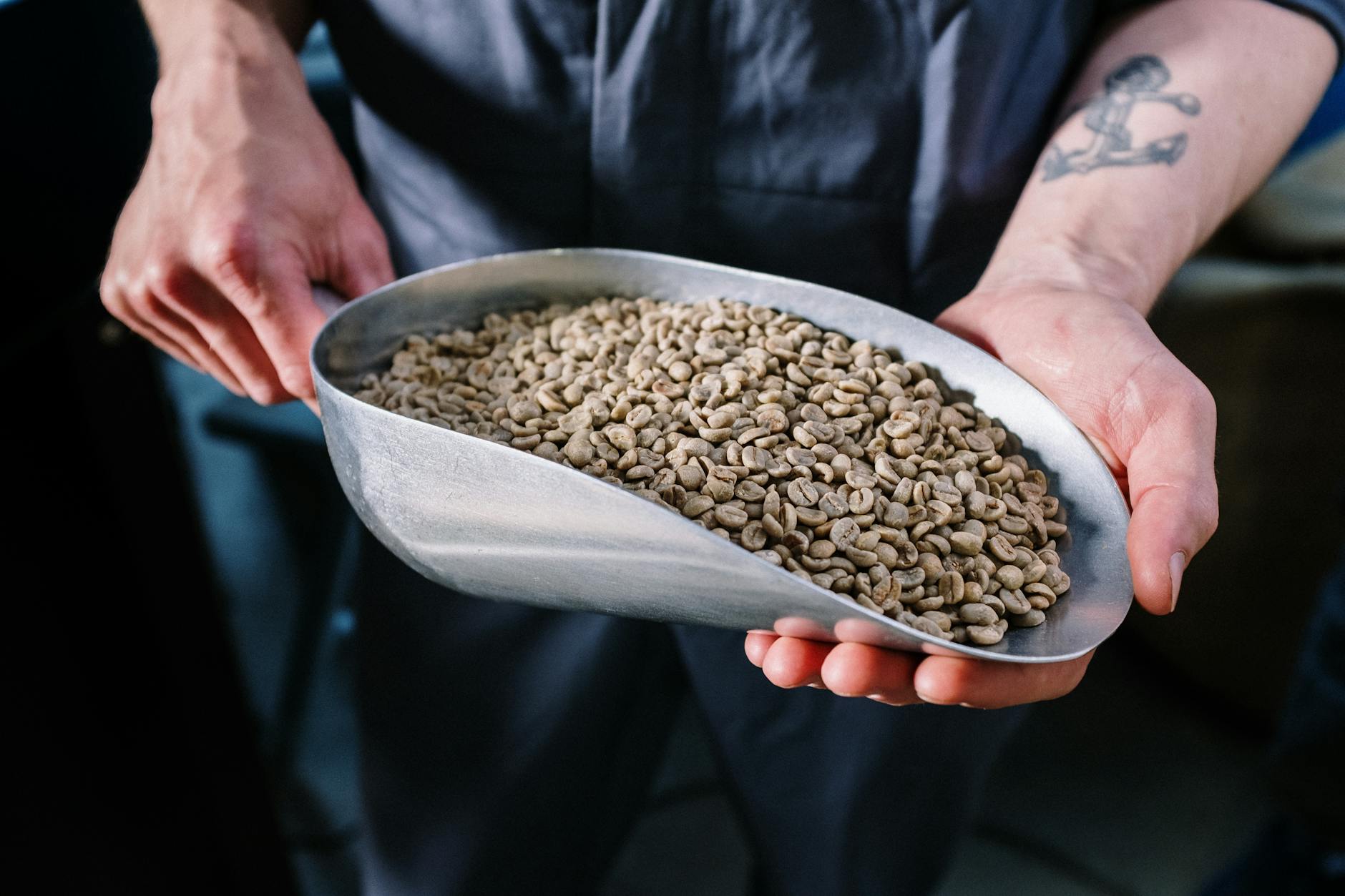
The coffee beans, now called the green coffee, are packed and loaded into jute or sisal bags for export. They are carefully wrapped and shipped in specialized plastic-lined containers.
7. Tasting the Coffee

Coffee beans are given quite a special treatment. They are repeatedly tested for quality and taste to check if everything is up to the mark. This process is called cupping, and the one tasting the coffee beans is called the cupper. The cupper checks the beans for their size, water-infusing capability, and aroma.
8. Roasting the Coffee
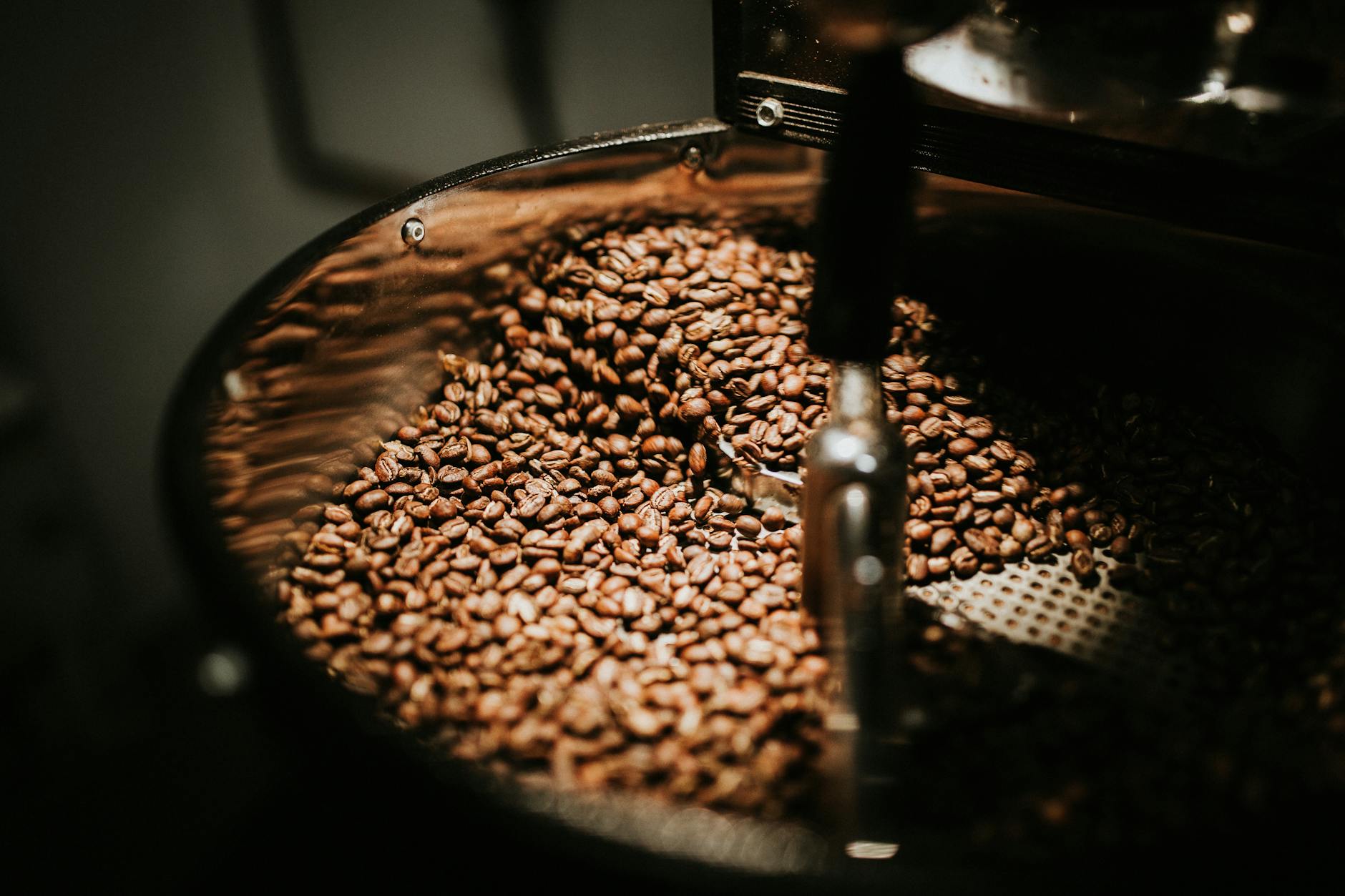
Roasting is the final step before it reaches you and me as the coffee beans. If you prefer ground coffee, your coffee is one step away from being finalized. Roasting takes the green coffee and turns it into aromatic brown beans. Typically, the temperature at which these beans are roasted is about 550 degrees Fahrenheit. The beans are periodically tossed and turned to avoid burning.
At about 400° Fahrenheit (internal temperature), the coffee beans begin to turn dark brown. About this time, you can start smelling the typical aroma of the coffee beans as the fragrant oil in the beans begins to surface at this temperature. Moreover, this process is referred to as pyrolysis and is the most important step.
The next step is to cool the roasted coffee beans immediately by air drying or using water. This final process is usually carried out in the importing countries because freshly roasted coffee beans lose their essence if shipped or transported.
Coffee Process Simplified
There is always one thing that keeps pushing a person to somehow get through the day without losing it all. For me, that thing is my freshly brewed coffee – be it hot or cold. If you want to do something for me, there is nothing better than gifting me high-quality freshly roasted coffee beans! It was interesting to know the whole process of how coffee seeds turn into the ones we have sitting on my countertop, isn’t it?
Furthermore, if you have any questions related to the coffee process, ask away!























